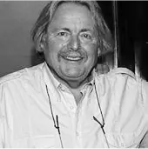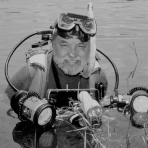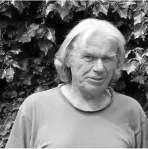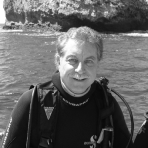Nudi Pixel
Nudibranch identification made easy
Web-based identification tool for nudibranchs worldwide using photographs as the first point of identification. It is underpinned by up to date scientific classification.
Why Nudi Pixel?
- User-friendly, as it is designed with non-scientist users in mind.
- Displays many forms of the same species simultaneously by thumbnail images to enable rapid identification at a glance.
- Gives detailed high resolution images of each species with a single click for easily checking of identification.
- Navigates images in several different ways - by species, by genus, by geographic location, by photographer, and by the expert who verified the identification.
- Supported by world well known nudibranch experts worldwide who provide identifications and comments.
- Format allows immediate updates for changes of scientific names.
- Covers some groups commonly mistakenly identified as nudibranchs,such as polyclad flatworms, bottom-living comb jellies, cowries, chitons, egg- and spindle-cowries, velvet snails, polychaete worms, sea cucumbers and even sea anemones.
- Intending authors of nudibranch books or scientists are able to use these images (with acknowledgment of course) as a source for their publications. This gives an opportunity for contributors to have their work published in authoritative field guides alongside photos by some of the best photographers in the world.
Recognition
In its early age, Nudi Pixel has become one of the resources for many nudibranch experts like Dave Behrens, Terry Gosliner , Neville Coleman, Helmut Debelius and Rudie H. Kuiter to collect nudibranch photographs for their well known nudibranch books.




I think that the Nudi Pixel web site is an excellent project for keen underwater photographers and aquatic naturalists to post their discoveries and new images on. It allows divers and the world to share in the fantastic diversity of the World of Water and each new finding brings about a collective spirit to all participants. The added educational opportunities from having materials identified by authorities are ongoing, for unless we have a name as a reference point for a creature, we have no way of learning more about it, or separating one creature from another.
As a pioneer of aquatic visual identification systems I compliment everybody concerned, especially the Nudi Pixel host Erwin Kodiat, for I know only too well how much work and effort goes into the upkeep of such a project.
The Nudi Pixel web site has been a specific resource in the hunt for images for my newest book NUDIBRANCHS ENCYCLOPEDIA and a number of excellent images were sourced for this publication. This type of exposure gives all participants the opportunity to have their work published in authoritative field guides alongside some of the best aquatic photographers in the world.
Best wishes to all,
Neville Coleman